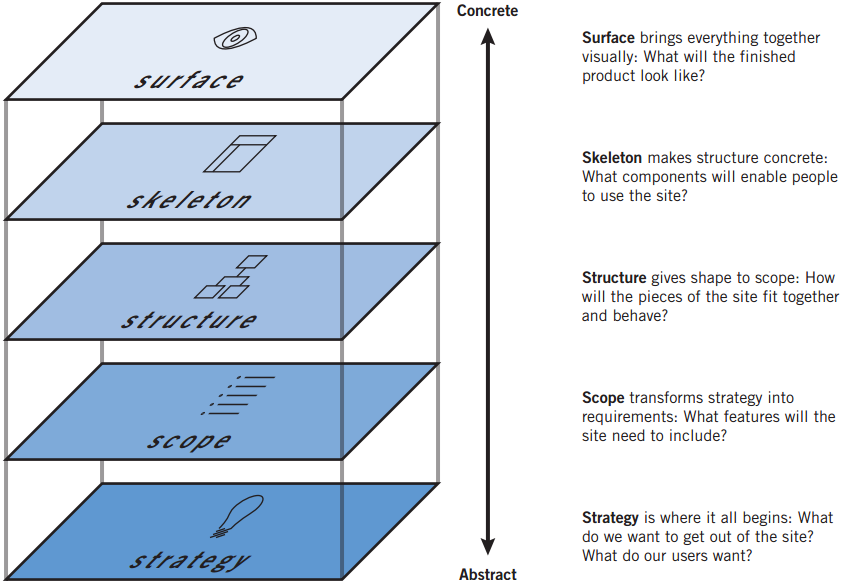As companies embrace the need to take user experience seriously, often their first step is to build out a “UX department.” However, the reality is that user experience is a phenomenon that emerges from an entire organization’s activities, not just the efforts of one team. There are (at least) six components that need to be aligned throughout the organization, which I’ve grouped into “The Why” and “The How”.
The Why
Values
What do you stand for?
An organization must have a clearly articulated set of values, and if you want to deliver great experiences, those values most include humanistic qualities of customer-centeredness and empathy.
Values statements from Apple, Southwest Airlines, Target.
Vision
Where are you headed?Â
Everyone must have a shared sense of where the organization is going. This vision must be concrete and inspiring. Bulleted lists do not comprise a vision, because it allows team members to have very different interpretations, which will undermine their efforts to deliver a great experience. At Groupon, before we launched our redesigned website, we created an internal-only “north star” that illustrated what our experience could be in 2 years time. It helped orient everyone in the same direction. Deborah Adler’s “SafeRX” prototype embodied a vision for a new pill delivery system better than any list of requirements could.
Jared Spool has written good stuff about vision: The 3 Qs for Great Experience Design, The 3 Steps For Creating An Experience Vision.
Goals
How do we know when we’re successful?
At Adaptive Path, my favorite question to ask client stakeholders during the initial discovery phase was, “How do we know when we’re successful?” It seems so obvious and innocent, but as I worked with more companies, I grew to realize just how few organizations had a clear sense of what success meant to them. However, if you’re not clear about goals and success metrics, it’s much harder to make decisions throughout your process, and your efforts lose focus.
Christina Wodtke’s discussion of OKRs is a good place to go deeper.
How
Incentives
How do we encourage desired behavior within the team?
Incentives might seem a highly specific tactical matter compared to the others. Thing is, it warrants being called out as it’s where the best laid plans of delivering great experience get bound up in the legacy behaviors of an organization.
How is performance assessed? What criteria drive rewards (raises, bonuses, promotions)? What behaviors get lauded and evangelized?Â
I’ve worked with numerous financial services organizations, where people were rewarded based on the performance within their business unit (banking, brokerage, insurance, loans) or their channel (in store, by phone, online). Such incentives are anathema to great experiences, as it discourages internal cooperation, even though customers are engaging across businesses and channels.Â
I recently spoke with Irene Au about her career leading UX teams, and a challenge she had at Google is that individuals were promoted based on how much stuff they shipped, and not about the quality of what was shipped. Optimization and refinement was thus discouraged, even though such iteration is necessary for great experiences.
Processes
How do we operate?
The first thing to understand — there is no One True Way. No grand process to rule them all. Delivering great experiences requires discarding rigidly defined processes, instead embracing a toolkit, a set of techniques that can be used as needed to solve specific problems.Â
However, there are characteristics of organizational operation that typically lead to the delivery of better experiences.
Work as a cross-functional team as early as possible. Waterfall approaches, where one functional group hands off to the next functional group, deliver poorer experiences. The complexity of the problems you’re trying to solve, the components that need to be marshaled and coordinated in order to succeed, requires input from the entire team from the outset. And not just at a kickoff meeting, but throughout throughout definition, design, and development.
Upfront, qualitative field research reveals opportunities, leads to insights, and sparks creativity. Engaging prospective and active users at the start of a project, understanding their current behaviors, and revealing the motivations and emotions that drive their actions, will lead to insights that in turn identify new opportunities for delivering customer value.Â
Design and prototyping are activities that support the entire process, not discrete steps in the process. You can use design and prototyping techniques from the beginning of the process. (For more on this, read about The Double Diamond Model)
Bias towards building and making, not thinking and documenting (though some thinking and documentation can be quite helpful). Companies that deliver great experiences are constantly crafting those experiences, refining and refining them.
Capabilities
What skills are necessary?
This question is the hardest to answer generically, because it’s so dependent on the specifics of experience delivery. That said, there are a couple of newish roles that organizations serious about great user experiences must consider.
Strategic designer. As design gets brought into earlier parts of the process, it’s important that designers are comfortable with strategy and planning. Not all designers excel at these discussions, so it is important to have designers who can engage with and are excited by strategic concerns, and who can hold their own with business analysts,  product managers, and engineers.
Prototype engineering. Engineering is typically seen as a production exercise — creating code that is ready to be deployed. In this new era of iterative design and prototyping, a role has emerged for those who can quickly cobble together interactive prototypes with no concern as to whether the code created is reusable.Â
This capability comes from one of two places — technologists who are comfortable being nimble, or designers who are comfortable prototyping their designs. Either way, it’s important that your team can quickly prototype new solutions in such a way that users can experience them and provide meaningful feedback, which will then inform subsequent iterations of the solution.Â
I’m Sure There’s More
While I think this is pretty complete, it’s doubtless not exhaustive. I’d love feedback on improvements, be they amendments, refinements, or removals.
Â
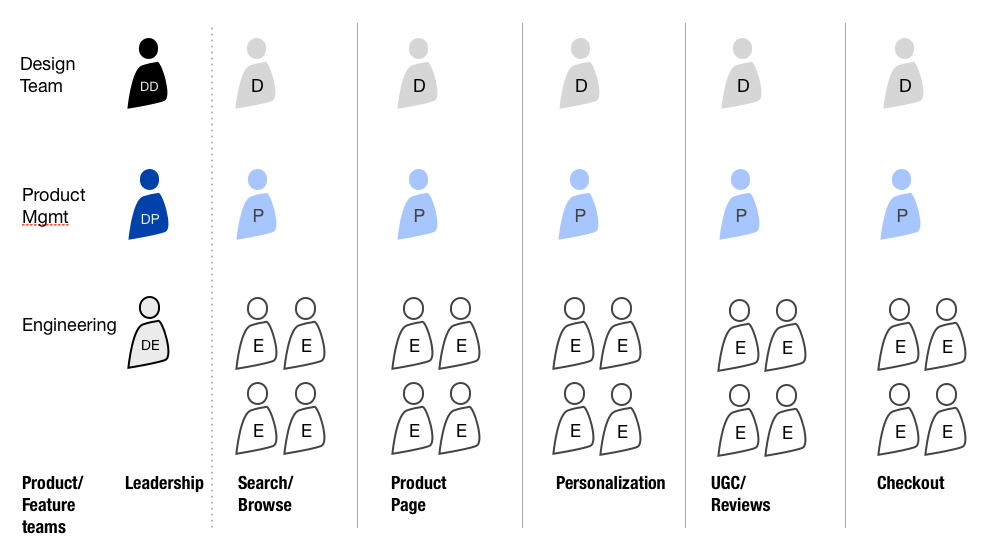
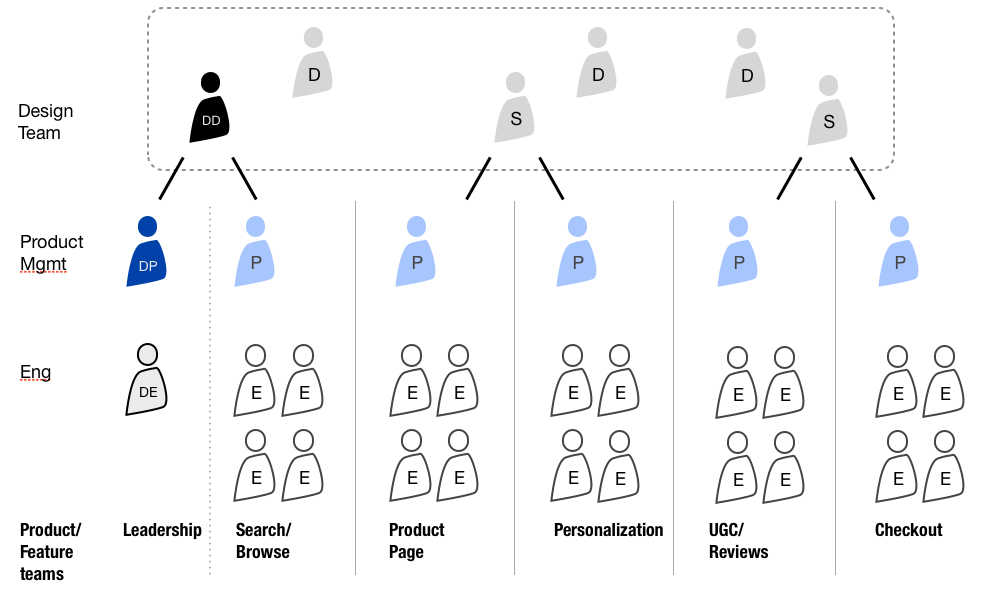
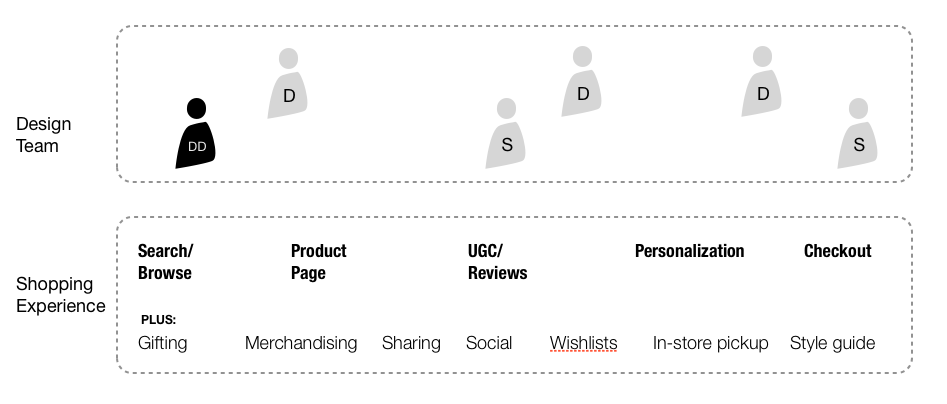
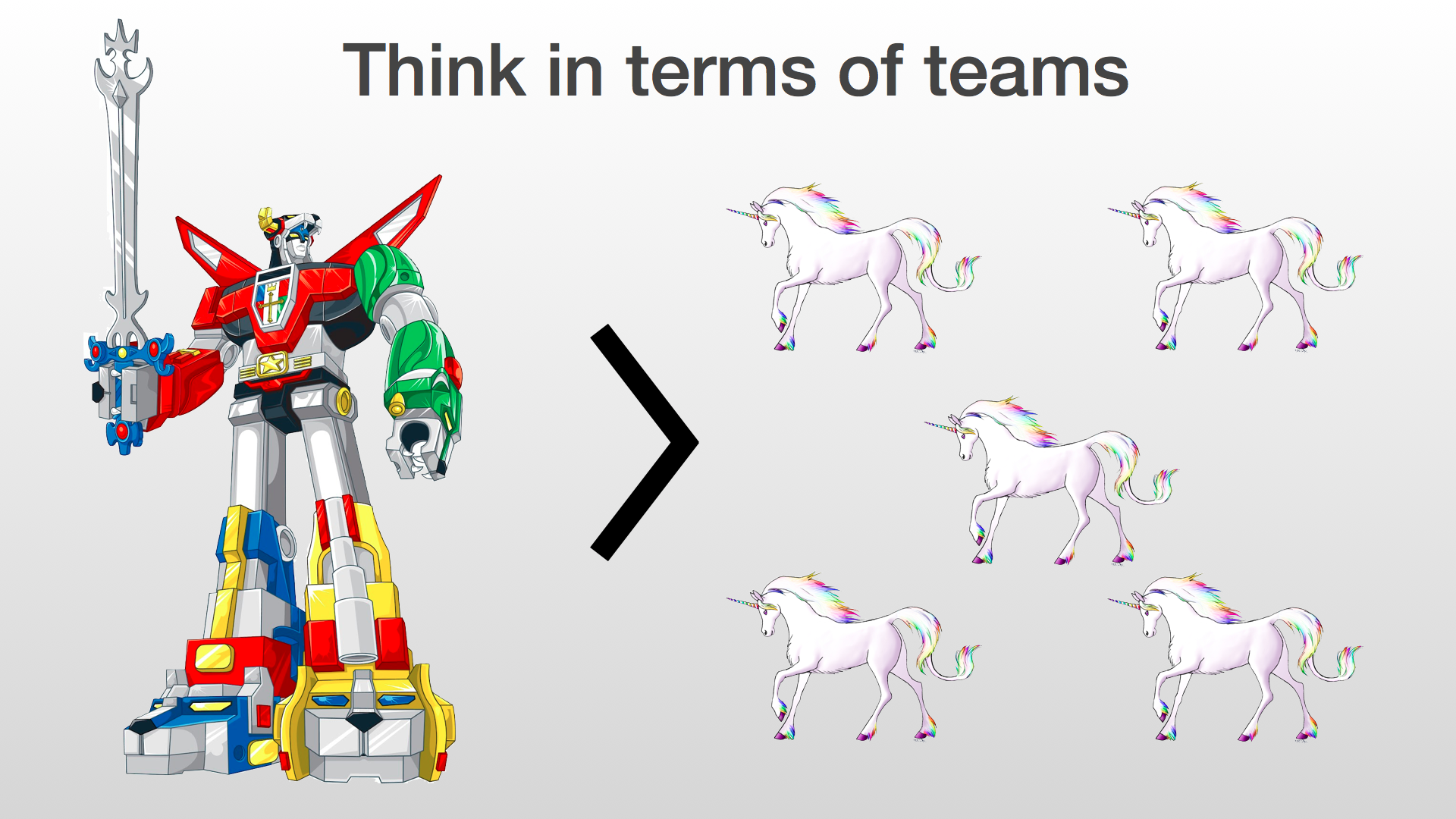  On the left, comprised of 5 robot lions (stay with me…), you have super robot
 On the left, comprised of 5 robot lions (stay with me…), you have super robot 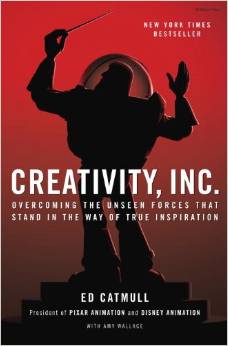
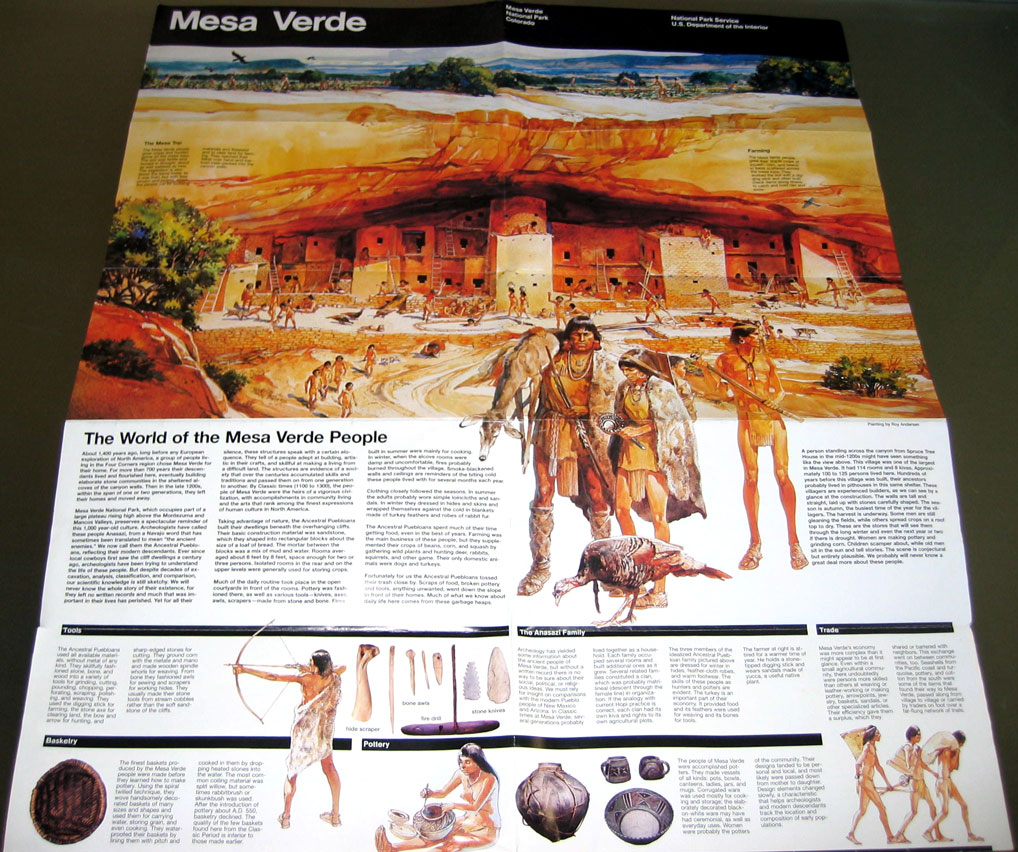 I first came to appreciate Vignelli through my own little discovery. Roadtripping with my wife (then girlfriend) across the American Southwest, we visited many National Parks. And for every park, we got a beautiful brochure. And I was struck these thoughtfully designed objects, as we don’t tend to think of the Feds and good design. So much so that I
I first came to appreciate Vignelli through my own little discovery. Roadtripping with my wife (then girlfriend) across the American Southwest, we visited many National Parks. And for every park, we got a beautiful brochure. And I was struck these thoughtfully designed objects, as we don’t tend to think of the Feds and good design. So much so that I 